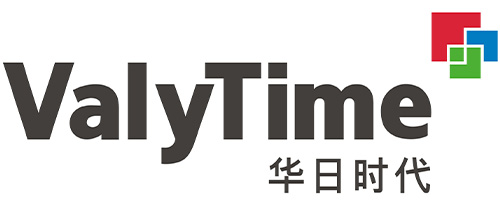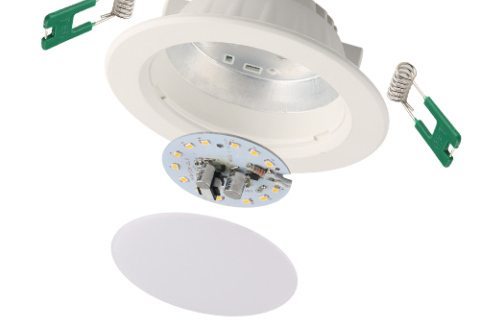One of the most direct differences is the type of light source. LED downlights use LEDs exclusively as the light source, while recessed lights can use a variety of different light sources. Traditional recessed lights often use halogen lamps, incandescent lamps or fluorescent lamps, but with the development of LED technology, more and more recessed lights are beginning to use LED light sources.
Pros of LED recessed downlights: 1. Energy-saving and high efficiency 2. Modern and simple appearance design 3. Uniform light effect and reduced glare 4. Flexible installation methods 5. Adapt to a variety of scenarios and needs Cons of LED recessed downlights: 1. High installation requirements 2. Inconvenient maintenance 3. Restrictions on light adjustment 4. High cost
1. Advantages of LED recessed downlights (1) Energy-saving and high efficiency (2) Long life (3) Simple and beautiful appearance (4) Uniform lighting effect (5) Strong adaptability and flexible installation (6) Low heat and environmental protection 2. Disadvantages of LED recessed downlights (1) Holes need to be reserved for installation (2) Heat dissipation problems (3) Difficult to repair (4) High initial cost (5) Concentrated light source and lack of flexibility
Unlike recessed downlights, the installation method of flat downlights usually does not require the light fixture to be embedded in the ceiling, but to be installed directly on the ceiling surface. This design makes the flat-bottom downlight easy to install and maintain, and is suitable for simpler space designs.




